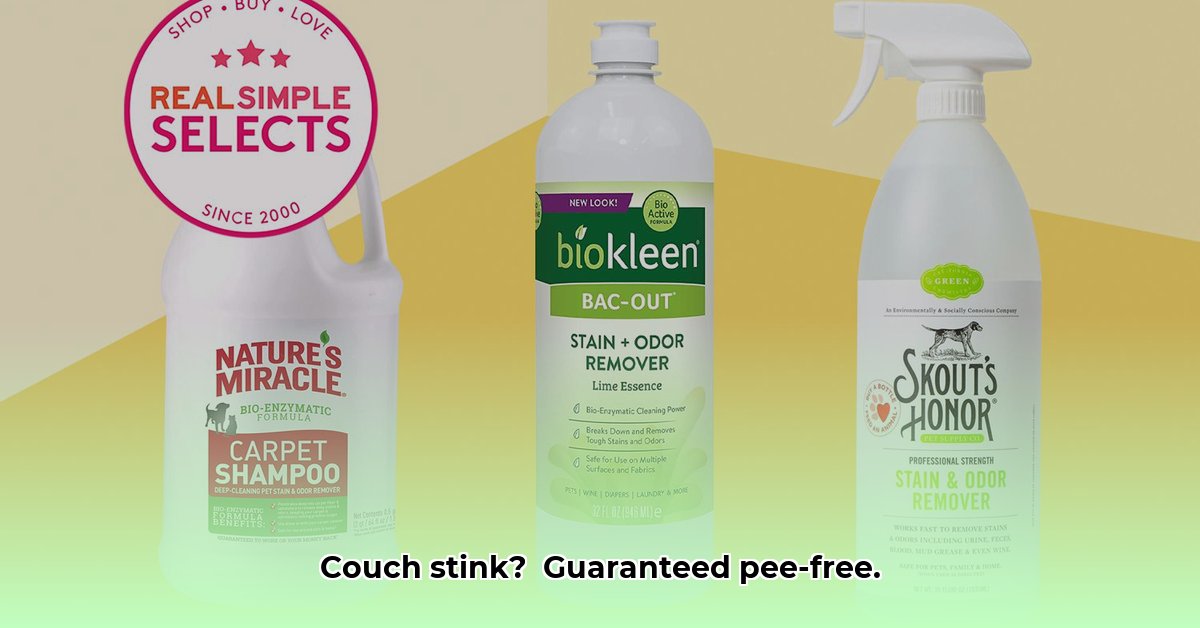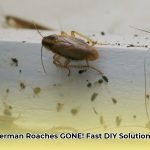Accidents happen. Whether it’s a pet mishap or a potty-training hurdle, discovering a urine stain on your couch can be frustrating. But don’t worry, this comprehensive guide will walk you through proven methods to banish that pee smell and reclaim your cozy space. We’ll cover everything from DIY solutions to professional cleaning options, along with tips for preventing future accidents.
Decoding the Stink: Understanding Urine Odor
Before we dive into cleaning, let’s understand what we’re up against. Urine contains uric acid, a compound that crystallizes as it dries. These crystals are the primary source of the odor and can cling stubbornly to fibers. Different fabrics react differently; porous materials like microfiber tend to absorb urine more deeply, making the smell harder to eliminate. Pet urine also tends to have a higher concentration of uric acid than human urine, hence the stronger, more persistent odor.
Effective DIY Methods to Remove Urine Odor
Start with these readily available home remedies. Remember, always test any cleaning solution on an inconspicuous area first, especially on delicate fabrics.
Method 1: Vinegar and Baking Soda Power
This dynamic duo is a classic for a reason. Vinegar’s acidity helps neutralize the alkaline nature of urine, while baking soda absorbs lingering moisture and odor.
- Blot (Don’t Rub!): Gently blot fresh urine with a clean cloth or paper towels. Rubbing can spread the stain and push it deeper into the fabric.
- Vinegar Solution: Mix one part white vinegar with four parts water in a spray bottle.
- Saturate and Wait: Spray the affected area liberally and let it sit for 15 minutes. This may seem like a long time. The science behind this step suggests that the acidity of vinegar needs time to disrupt the chemical structures of the uric acid crystals.
- Blot and Sprinkle: Blot excess moisture and sprinkle baking soda generously over the area. For tougher odors, consider making a paste of baking soda and water and applying it to the stain. This more concentrated approach may enhance absorption.
- Vacuum: After a few hours (or overnight), vacuum up the dried baking soda.
Method 2: Hydrogen Peroxide (Use with Caution!)
Hydrogen peroxide is a strong oxidizer, meaning it breaks down odor-causing compounds at a molecular level. However, it can also bleach fabrics. Proceed with caution, especially on darker materials.
- Spot Test: Before applying anywhere visible, test on a hidden area. If there’s no discoloration after a few minutes, it’s probably safe to proceed.
- Mix the Solution: Combine 1/2 cup of 3% hydrogen peroxide with a few drops of mild dish soap and 1 cup of water. The dish soap helps the solution penetrate the fibers more effectively. Some research suggests this can be even more effective than vinegar and baking soda, but this is an area where more research is needed. Further understanding of fiber-specific reactions would be beneficial.
- Apply Sparingly: Gently spray the mixture onto the stain, avoiding oversaturation. You might see some fizzing – this is the peroxide reacting.
- Blot and Rinse: After 10-15 minutes, blot with a clean cloth and rinse the area with plain water to remove any residual peroxide.
Method 3: Enzyme Cleaners for Pet Urine
Enzyme cleaners are specifically designed to break down the organic matter in pet urine, eliminating the source of the odor.
- Choose Wisely: Select a cleaner formulated for pet urine. There are various brands, so read reviews and choose one suited to your needs.
- Follow Instructions: Different enzyme cleaners have specific directions. Adhering to these instructions is likely to increase effectiveness.
- Saturate and Wait: Thoroughly saturate the stained area and let it sit for the recommended time (usually several hours or overnight.) This lets the specific enzymes target the uric acid, the main culprit behind that persistent pet odor.
Troubleshooting Stubborn Stains
If the smell persists, these additional steps might help:
-
Black Light Detective: A UV black light can reveal hidden urine stains. In a darkened room, shine the light on the couch; dried urine will fluoresce, making it easier to target the source. Some stains might only be visible under a black light, which could explain why cleaning wasn’t fully effective.
-
Persistence Pays: Repeat cleaning methods as needed. Stubborn stains and odors might require multiple treatments or a combination of methods for complete removal.
-
Deep Clean: Consider steam cleaning your couch (if the fabric allows). The heat helps break down uric acid crystals and can be highly effective for deep-set odors.
Fabric-Specific Care
- Microfiber: Use a gentle blotting motion with a mild detergent solution, followed by rinsing with a clean, damp cloth. Microfiber can be easily damaged by harsh chemicals and scrubbing.
- Leather: Mix a solution of 1 part white vinegar with 2 parts water and a few drops of mild soap. Spray onto the stain, let sit briefly, then blot with a soft cloth.
Calling in the Pros
If DIY methods fail or you have a valuable or delicate couch, professional upholstery cleaning is a good option. They have specialized equipment and expertise to tackle even the toughest stains and odors.
Prevention is Key
The best way to deal with urine odors is to prevent them:
- Pet Training: Diligent potty training is crucial for pets.
- Protective Covers: Waterproof couch covers provide an extra layer of defense.
- Quick Cleanups: Address accidents immediately to prevent stains and odors from setting in.
Hopefully, with all of these tips, your couch will be back to normal shortly.
FAQ
Can I use essential oils to mask the smell?
While essential oils can freshen the air, they only mask the odor, not eliminate it. It’s best to tackle the source of the smell first.
How often should I clean my couch?
Regular vacuuming and spot cleaning will help prevent odors and keep your couch fresh. A deeper cleaning every few months is also recommended.
Can I use bleach on my couch?
Bleach can damage many fabrics and isn’t recommended for upholstery cleaning, especially on colored fabrics. It’s crucial to test any cleaning solution in an inconspicuous area first, but with bleach, proceed with extreme caution as it can cause irreversible discoloration.
This guide provides general cleaning advice. Always test cleaning solutions in a hidden area first and consult a professional for valuable or delicate furniture. The effectiveness of cleaning methods can vary depending on the specific fabric, the severity of the stain, and other factors. While these methods represent current best practices, research into cleaning techniques and material science continues to evolve.
- How to Get Rid of Mushrooms in Your Lawn: A Complete Guide - April 24, 2025
- How to Get Rid of Ground Hornets: A Safe and Effective Guide to Eliminating Nests - April 24, 2025
- How to Get Rid of German Roaches Fast: DIY Methods for Quick Control - April 24, 2025










